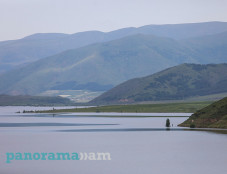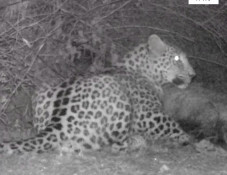
Fukushima radiation may be linked to unusual Alaska seal deaths
On March 11, 2011 off Japan’s west coast, an earthquake-generated tsunami struck the Fukushima Daiichi nuclear power plant resulting in a major nuclear accident that included a large release of airborne radionuclides into the environment. Within five days of the accident atmospheric air masses carrying Fukushima radiation were transiting into the northern Bering and Chukchi seas. During summer 2011 it became evident to coastal communities and wildlife management agencies that there was a novel disease outbreak occurring in several species of Arctic ice-associated seals, the Voice of Russia reported.
Although the skin ailments that appear to be affecting seals and walruses in Alaska have a generic name - ulceratitive dermatitus disease syndrome - there are many unanswered questions about the illnesses. Scientists and hunters here and in Russia want to better understand what's causing the sicknesses and how concerned about them they should be.
Currently, the underlying etiology remains undetermined. Results on gamma analysis (cesium 134 and 137) of muscle tissue from control and diseased seals is taken, and scientists discuss wildlife health implications from different possible routes of exposure to Fukushima fallout to ice seals. Since the Fukushima fallout period occurred during the annual sea ice cover period from Nome to Barrow, a sea ice based fallout scenario in addition to a marine food web based one is of particular relevance for the Fukushima accident.
Sea ice and snow would have acted as a temporary refuge for deposited radionuclides; thus radionuclides would have only become available for migration during the melting season and would not have entered the regional food web in any appreciable manner until breakup (pulsed release). The cumulative on-ice exposure for ice seals would have occurred through external, inhalation, and non-equilibrium dietary pathwaysduring the ice-based seasonal spring haulout period for molting/pupping/breeding activities.
Many other West Coast animals have gotten sick. Scientists need to get to the bottom of what is making them sick, whether it’s radiation or something else.
Newsfeed
Videos






























